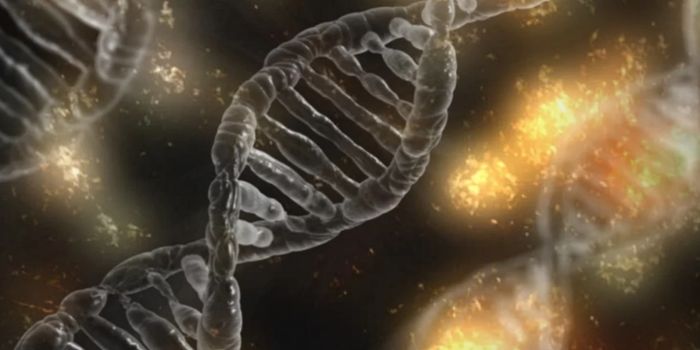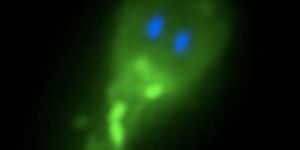Evolution may Have Been Helped Along by Mobile DNA
Organisms that live on the edges of existence, extremophiles, provide some insight into evolution and metabolism, and maybe even extraterrestrial life. On planet Earth, they inhabit some of the most extreme places, like thermal vents or volcanoes. New work has shown how a heat-loving microbe that eats ammonia may have evolved from a microorganism that inhabits hot springs to one that can live anywhere on the globe. Reporting in Frontiers in Microbiology, the investigators determined that pieces of DNA that can migrate, highly mobile genetic elements, may have helped the process.
One branch of extremophile microbes has successfully colonized most places, but scientists have not known why. The most extreme microorganisms are on the archaea branch of life; they are single-celled and ancient, occupying a space between bacteria and eukaryotes. Archaea can be found in hot springs, salt lakes, freezing deserts, and deep-sea trenches.
"Thaumarchaeota are found in very large numbers in virtually all environments, including the oceans, soils, plant leaves and the human skin," said study leader Professor Christa Schleper from the University of Vienna, Austria. "We want to know what their secret is: billions of years ago, how did they adapt from hot springs, where it seems all archaea evolved, to more moderate habitats?"
To pursue that question, the team harvested a Thaumarchaeota species from an Italian hot spring. They assessed its genome, which is the first-ever analysis of a Thaumarchaeota of the Nitroscaldus lineage. They all oxidize ammonia into nitrite for energy. The scientists found that it was closely related to the last common ancestor of Thaumarchaeota. It appears to have exchanged DNA with other organisms often, and not only archaea but possibly other bacteria as well. The microbe, Candidatus Nitrosocaldus cavascurensis, has highly mobile genetic elements.
That feature may have enabled archaea to migrate away from hot springs. "This organism seems prone to lateral gene transfer and invasion by foreign DNA elements," noted Professor Schleper. "Such mechanisms may have also helped the ancestral lines of Thaumarchaeota to evolve and eventually radiate into moderate environments -- and N. cavascurensis may still be evolving through genetic exchange with neighboring organisms in its hot spring."
It has been suggested that the first forms of life on our planet evolved in hot springs, as discussed in the video. Additional studies of thermophiles may reveal mechanisms that underlie the evolution of the first cells, which went on to conquer the globe.
Sources: AAAS/Eurekalert! Via Frontiers, Frontiers in Microbiology









